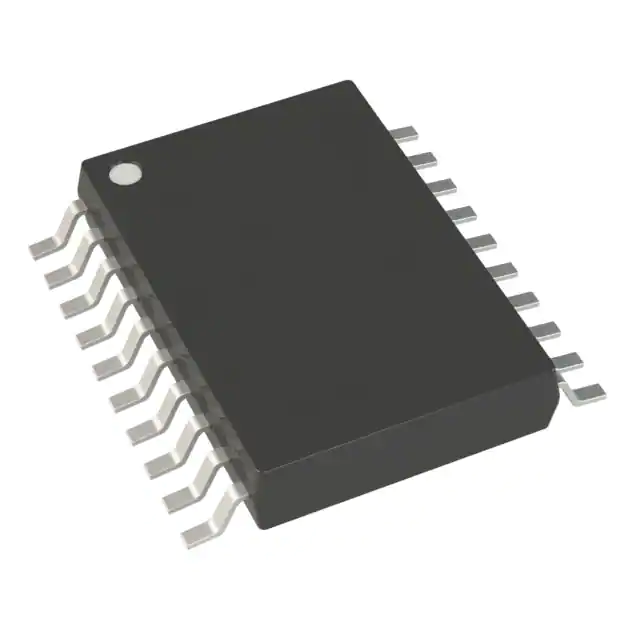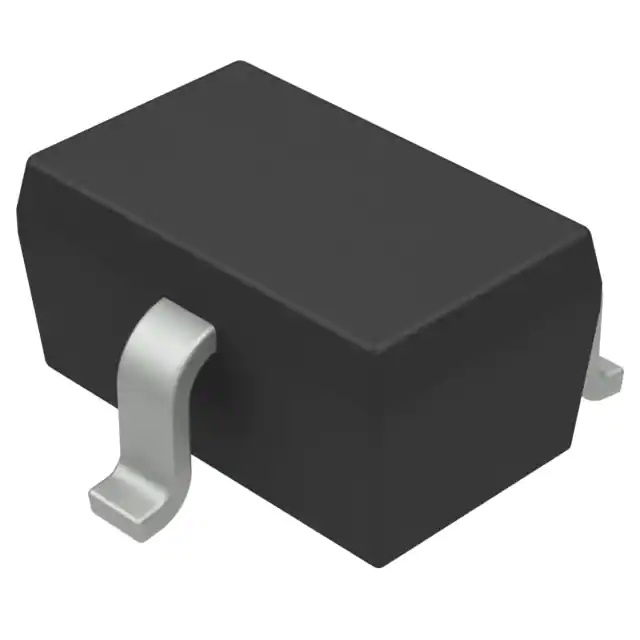Hello! now About Us
Welcome to DCZY!
New customer?Start here.
Bipolar Junction Transistor: A Key Component in Modern Electronics
11/12/2024 1:13:52 AM
The bipolar junction transistor (BJT) remains a pivotal element in the realm of modern electronics, despite the rapid advancements in semiconductor technology. Invented in 1948 by Bardeen, Brattain, and Shockley at Bell Labs, the BJT has evolved to become an essential component in various applications due to its unique properties
.
Recent Developments and Applications
Recent research has focused on enhancing the performance of BJTs, particularly in high-speed computing and communication applications. One of the most promising areas is the development of van der Waals 2D TMD heterojunction bipolar transistors. These transistors leverage the natural thinness of 2D materials to achieve high amplification and frequency capabilities
. The review article by S. Aftab et al., published in 2023, summarizes recent strategies for developing lateral and vertical BJT architectures using ultrathin 2D materials. This research indicates that BJTs based on 2D materials could significantly advance high-speed computing and digital technology
.
Another significant development is the novel AlGaN/GaN lateral BJT that exploits polarization effects. This transistor, proposed in a 2023 study, replaces conventional emitter and collector regions with n-type dopants with a 2-D electron gas generated by polarization effects at the AlGaN/GaN interface. This innovation has resulted in a high breakdown voltage (BV) of 480~490 V and a maximum current gain up to 10^6, showcasing its potential for high-power applications with low power consumption
.
Integration with Emerging Technologies
BJTs are also being integrated with other emerging technologies. For instance, the organic-inorganic hybrid piezotronic BJT for pressure sensing, as reported in a 2024 study, demonstrates high sensitivity and competitiveness with other state-of-the-art devices. This development suggests that BJTs are not only relevant in traditional electronics but also in the next generation of hybrid nano-electronics and sensing systems
.
Future Outlook
As semiconductor technology continues to evolve, BJTs are facing competition from other devices like MOSFETs and new types of transistors such as tunnel FETs (TFETs) and negative capacitance FETs (NC FETs). However, BJTs still hold a unique position in high current drivability per input capacitance, making them excellent for analog and frontend communications applications
. The future of BJTs may lie in their ability to be integrated with new materials and technologies, as seen with the 2D TMD heterojunction BJTs and the AlGaN/GaN lateral BJT.
In conclusion, while the landscape of semiconductor devices is changing, BJTs continue to be a crucial component in modern electronics. Their versatility, high current drive capability, and potential for integration with emerging technologies ensure their continued relevance in the face of technological advancements.
.
Recent Developments and Applications
Recent research has focused on enhancing the performance of BJTs, particularly in high-speed computing and communication applications. One of the most promising areas is the development of van der Waals 2D TMD heterojunction bipolar transistors. These transistors leverage the natural thinness of 2D materials to achieve high amplification and frequency capabilities
. The review article by S. Aftab et al., published in 2023, summarizes recent strategies for developing lateral and vertical BJT architectures using ultrathin 2D materials. This research indicates that BJTs based on 2D materials could significantly advance high-speed computing and digital technology
.
Another significant development is the novel AlGaN/GaN lateral BJT that exploits polarization effects. This transistor, proposed in a 2023 study, replaces conventional emitter and collector regions with n-type dopants with a 2-D electron gas generated by polarization effects at the AlGaN/GaN interface. This innovation has resulted in a high breakdown voltage (BV) of 480~490 V and a maximum current gain up to 10^6, showcasing its potential for high-power applications with low power consumption
.
Integration with Emerging Technologies
BJTs are also being integrated with other emerging technologies. For instance, the organic-inorganic hybrid piezotronic BJT for pressure sensing, as reported in a 2024 study, demonstrates high sensitivity and competitiveness with other state-of-the-art devices. This development suggests that BJTs are not only relevant in traditional electronics but also in the next generation of hybrid nano-electronics and sensing systems
.
Future Outlook
As semiconductor technology continues to evolve, BJTs are facing competition from other devices like MOSFETs and new types of transistors such as tunnel FETs (TFETs) and negative capacitance FETs (NC FETs). However, BJTs still hold a unique position in high current drivability per input capacitance, making them excellent for analog and frontend communications applications
. The future of BJTs may lie in their ability to be integrated with new materials and technologies, as seen with the 2D TMD heterojunction BJTs and the AlGaN/GaN lateral BJT.
In conclusion, while the landscape of semiconductor devices is changing, BJTs continue to be a crucial component in modern electronics. Their versatility, high current drive capability, and potential for integration with emerging technologies ensure their continued relevance in the face of technological advancements.
Latest Products
-
AD9834BRUZ
Analog Devices Inc.
-
BAV99W,135
Nexperia USA Inc.
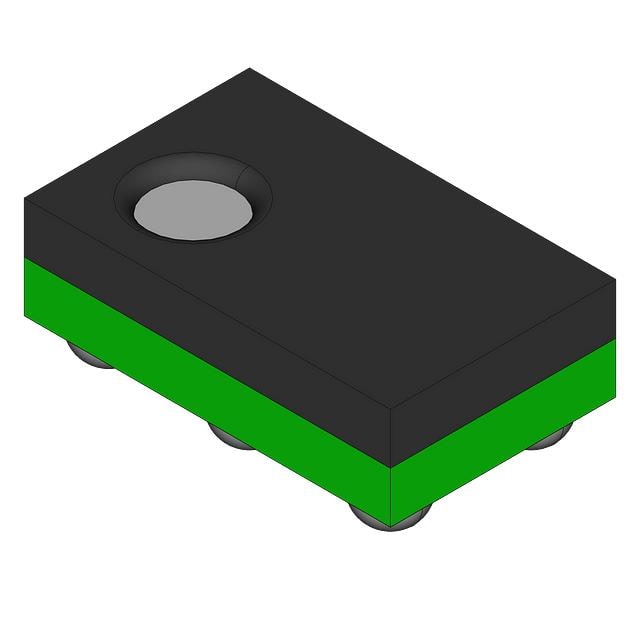
-
IP5002CX8/P135
NXP USA Inc.
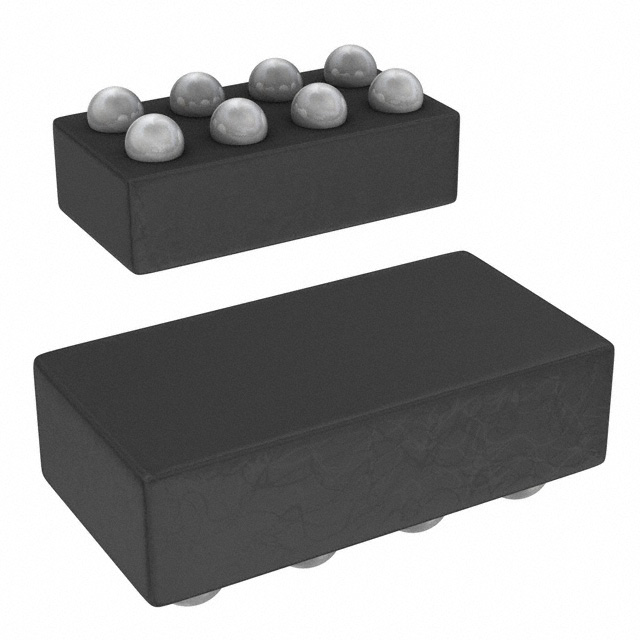
-
ADAU7002ACBZ-RL
Analog Devices Inc.
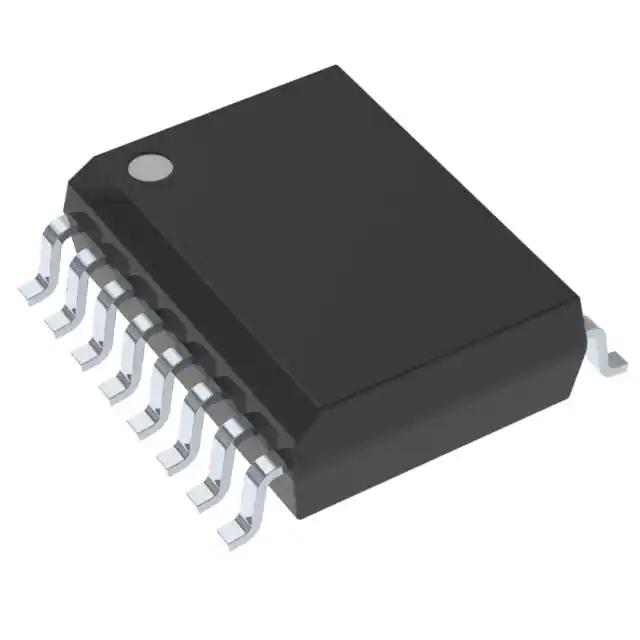
-
PGA2320IDW
Texas Instruments
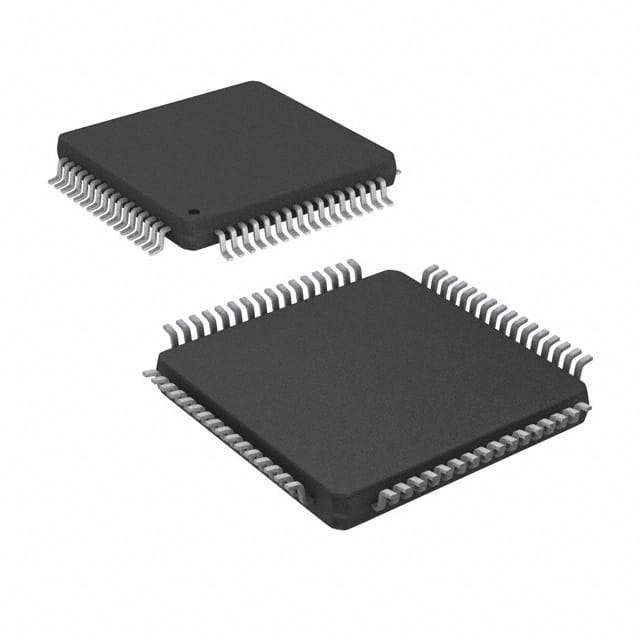
-
SRC4184IPAG
Texas Instruments
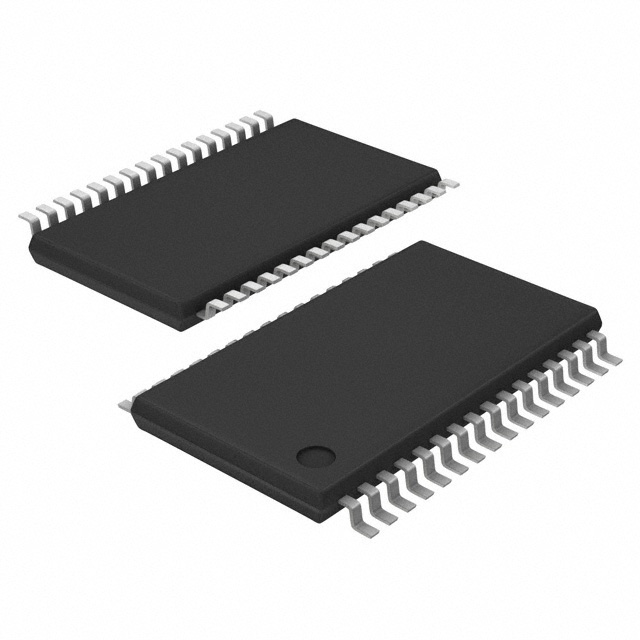
-
MUSES72320V-TE2
Nisshinbo Micro Devices Inc.
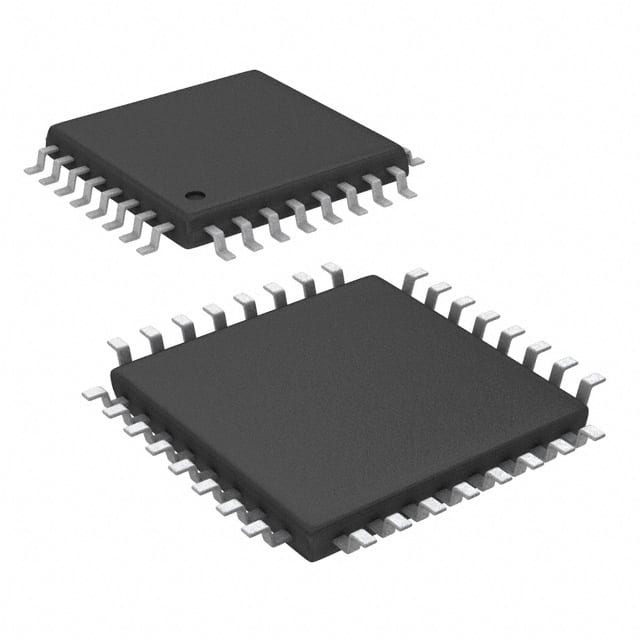
-
PCM2706CPJT
Texas Instruments
 Upload BOM
Upload BOM

